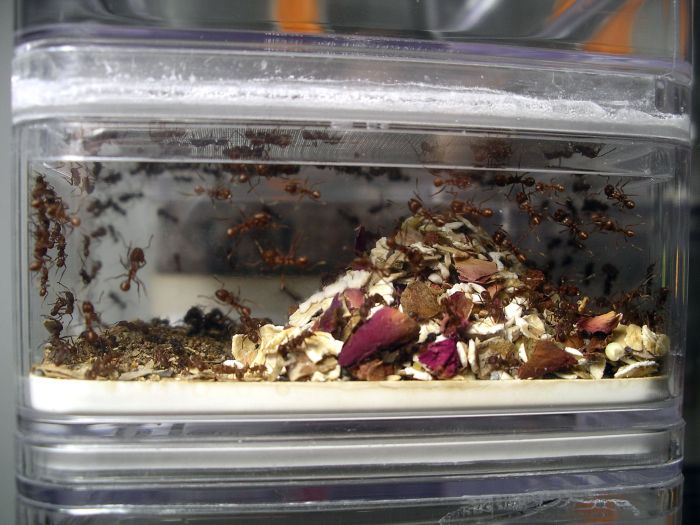
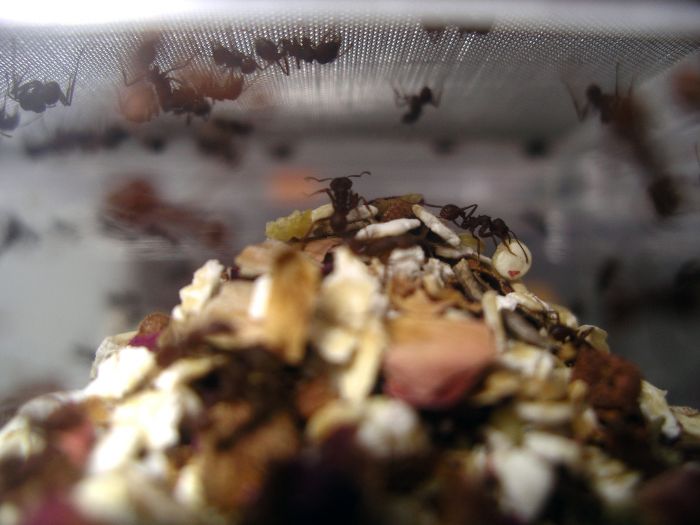



Update 5-28-2015
All five colonies are doing great. Two of them have around 100 workers, and 100 or so brood. The third largest has about 40 workers with 50 or so brood, and the other two have about 20 workers and 15 brood.
The largest two are going to need larger formicariums very soon at the rate they're growing. One of them has workers crawling all over the sides and the top of the foraging container all the time now, so I think they're already in need of something larger.
Here's some of the latest pictures of my two largest colonies and a little video I made.
https://www.youtube....h?v=-QmPTHhlg-g
Edited by dspdrew, June 20 2020 - 12:24 AM.
Were you trying to quote something? If so, try the quote button. ![]()
How big has the fungus gotten?
Currently Keeping:
Trachymyrmex septentrionalis
Pheidole pilifera
Forelius sp. (Monogynous, bicolored) "Midwestern Forelius"
Crematogaster cerasi
Pheidole bicarinata
Aphaenogaster rudis
Camponotus chromaiodes
Formica sp. (microgena species)
Nylanderia cf. arenivega
I think they get pretty large.
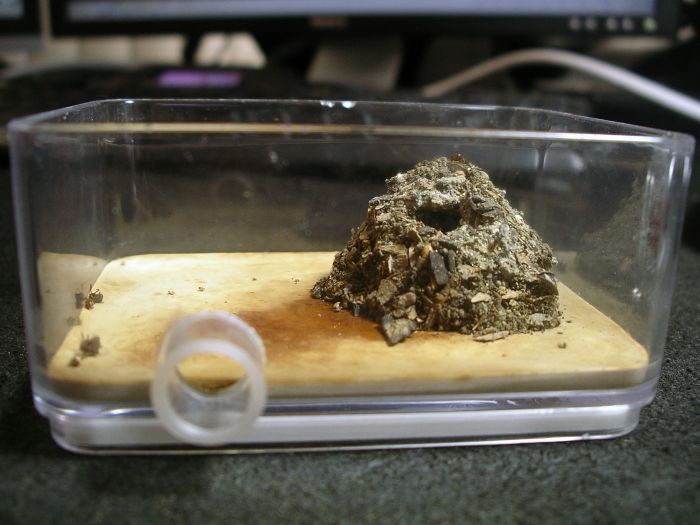
So are they dead or is that an isolated trash pile?
They're fine. I removed this to clean it out.
How would you even clean that? The hydrostone is a nasty brown color.
What's the substrate made of? Rose flowers and oatmeal?
This message brought to you by the Committee for the Education of Folks who Describe Arthropod Taxa as 'Not Interesting' (CEFDATNI)
How would you even clean that? The hydrostone is a nasty brown color.
What's the substrate made of? Rose flowers and oatmeal?
Doesn't really matter what color it is. I just soak it in some bleach for a while, and then wash it out, rinse it really good, and let it dry completely.
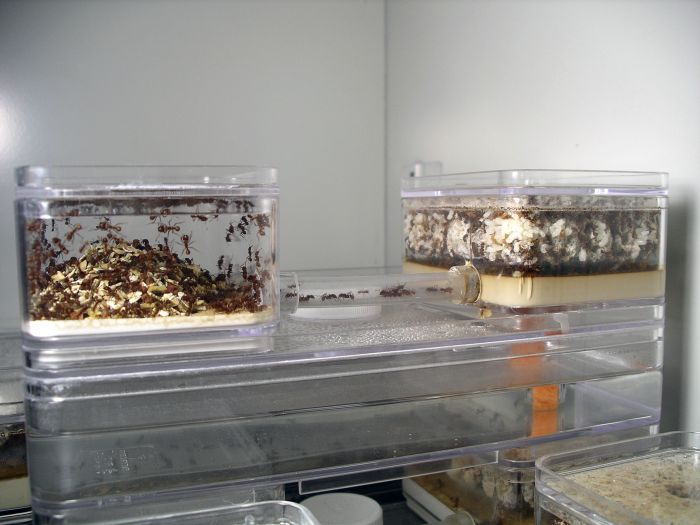
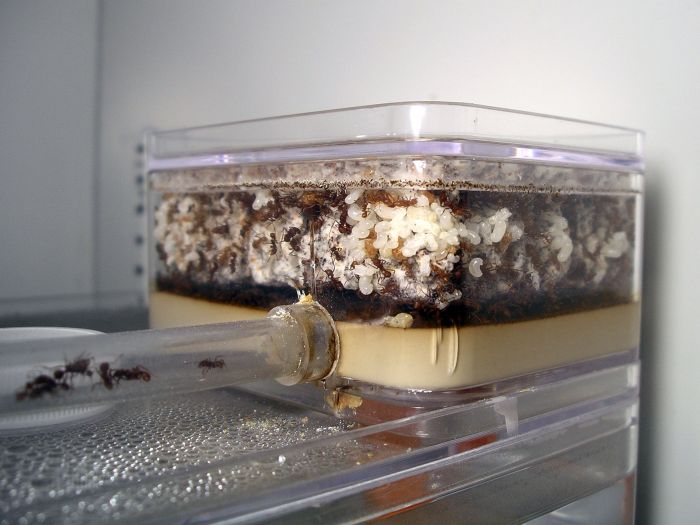
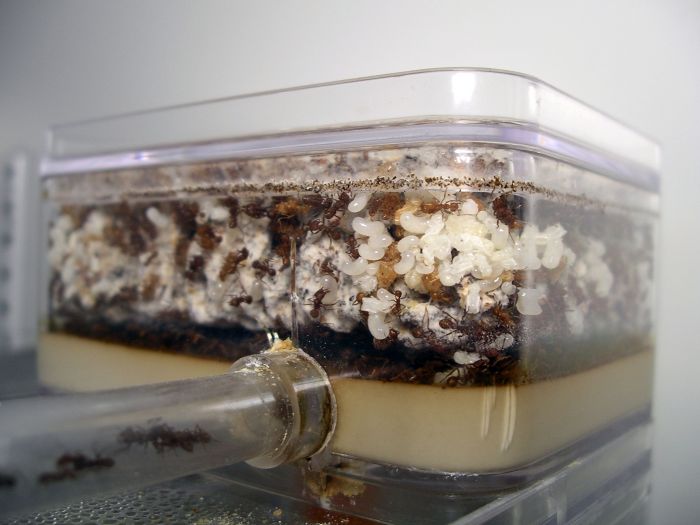
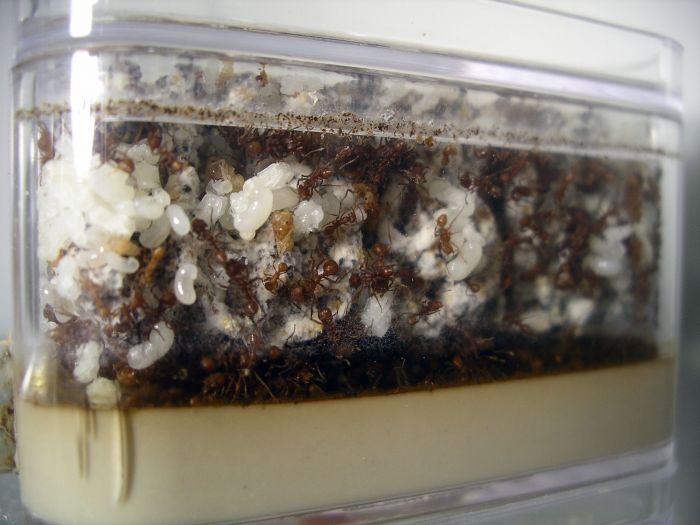
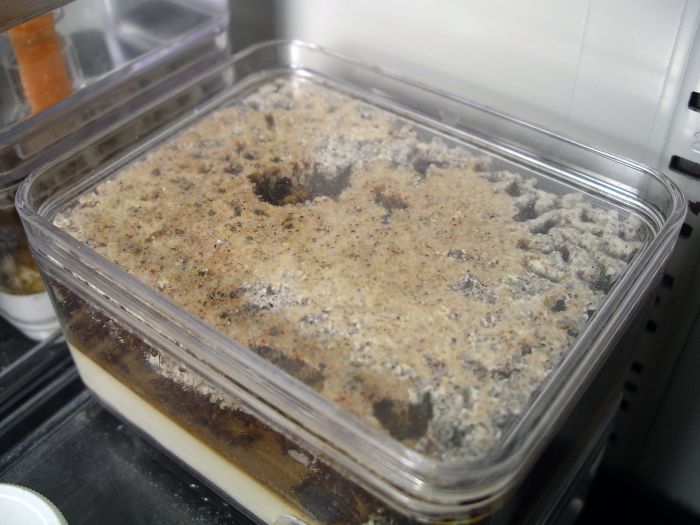
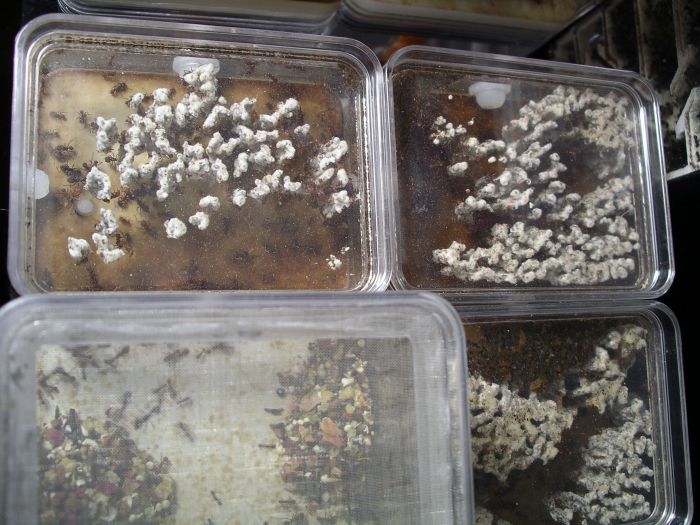
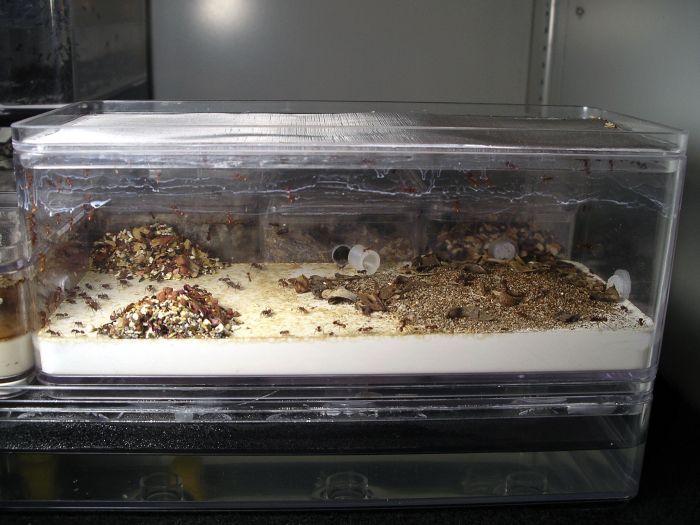
That is so packed. I find that the ants can be quite tidy, at least in brood and queen's area.
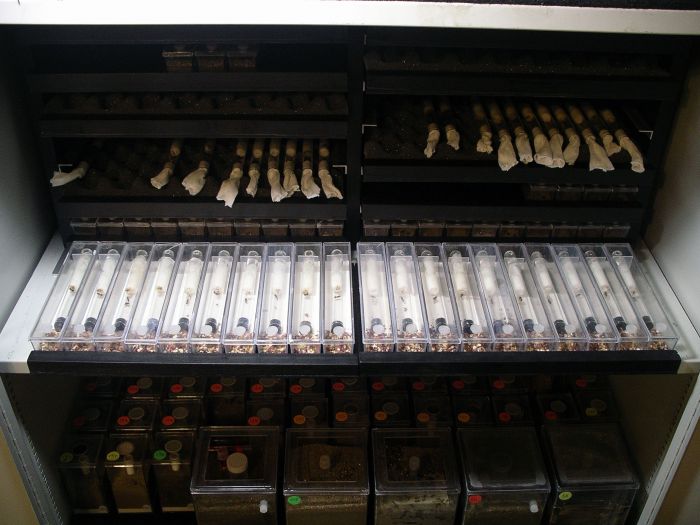
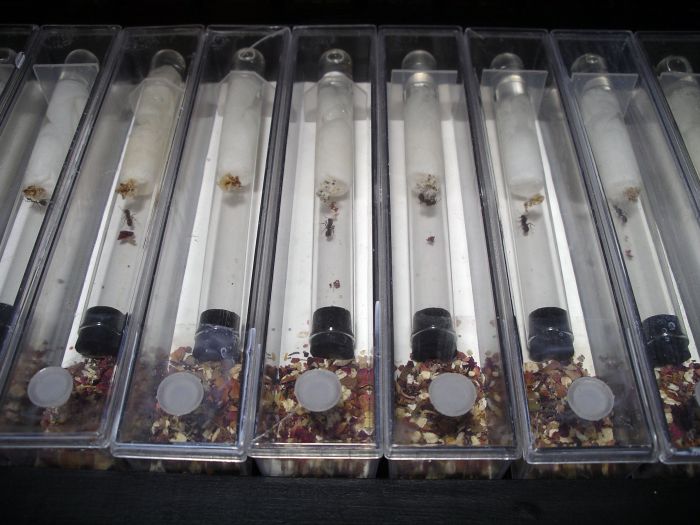
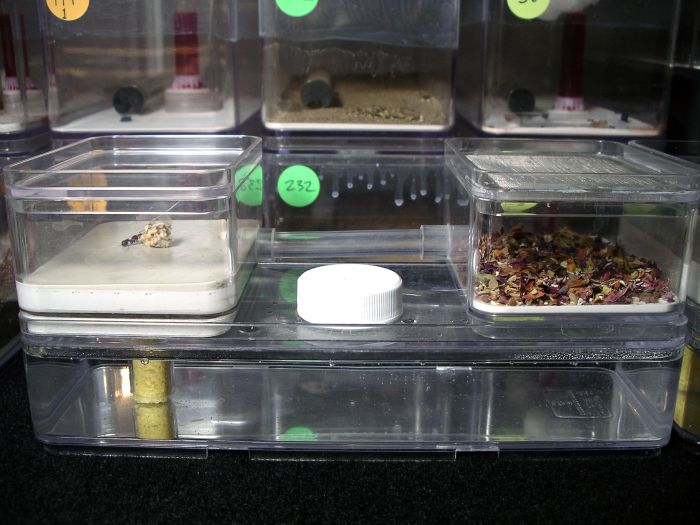
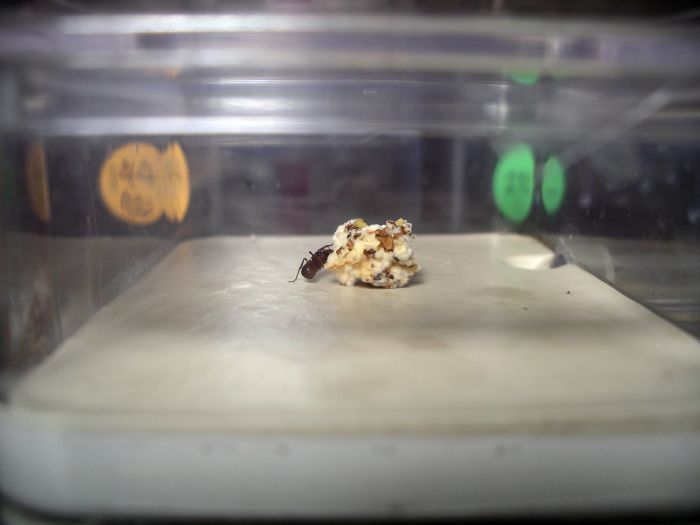
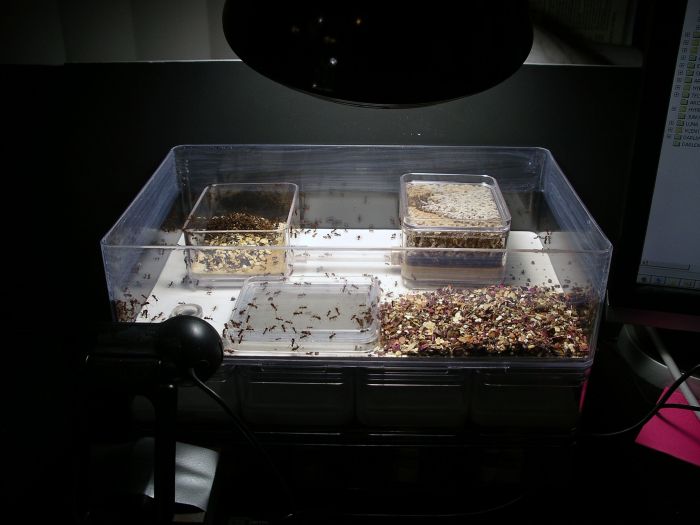
Drew, I think the formicarium design is going to work well. I think you used hydrostone in the test-tube box setups with the substrate at the end of the container. My question is did you also saturate the hydrostone before placing the test tubes (water, cotton and plug with nest entrance) in the containers and lastly laying the substrate?
Current Colonies;
Acromyrmex Versicolor
Dorymyrmex Bicolor
Pogonomyrmex Californicus
Pogonomyrmex Rugosus
Pogonomyrmex Tenuispinus
Novomessor Cockerelli
Myrmecocystus Mexicanus
Last Update: 08 Jul 2016
I don't know what you mean by saturate the Hydrostone. I just poured a layer of Hydrostone in those containers and let it cure.
How does the expandable formicarium work? It appears to only be an outworld from the picture.
This message brought to you by the Committee for the Education of Folks who Describe Arthropod Taxa as 'Not Interesting' (CEFDATNI)
How does the expandable formicarium work? It appears to only be an outworld from the picture.
You can see it here (http://www.formicult...0-2015/?p=29091).
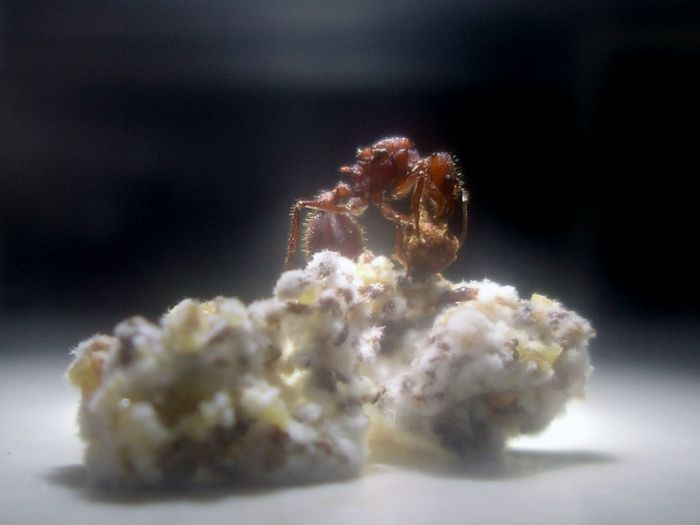
0 members, 1 guests, 0 anonymous users